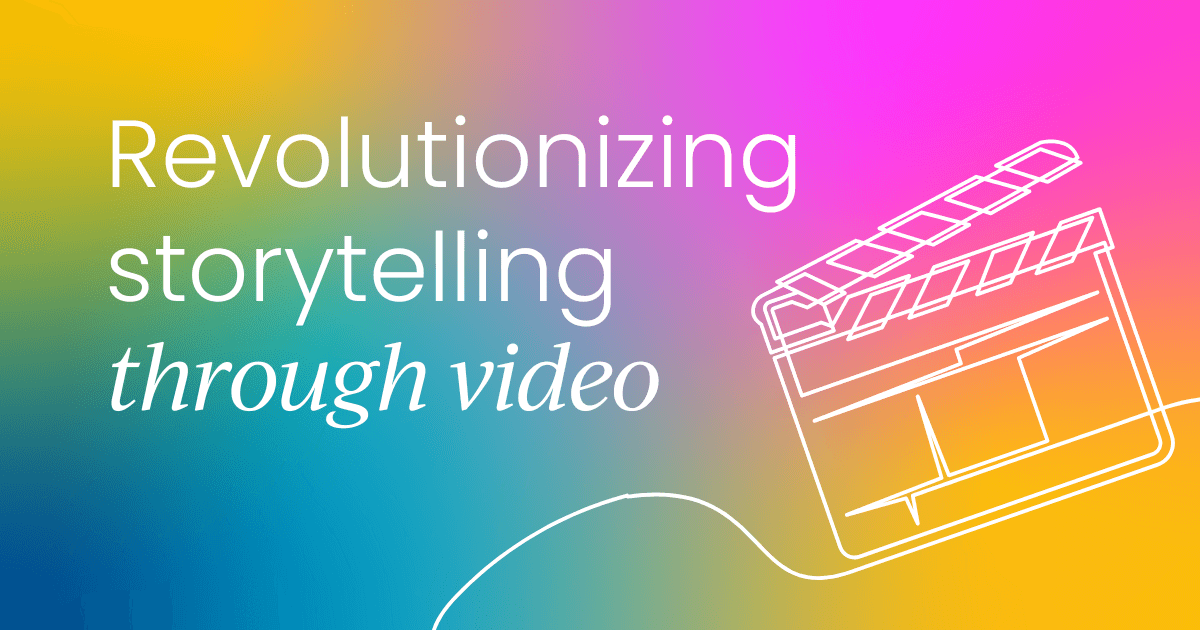This article comes from Dan Gable’s insightful talk at our Customer Marketing Summit in Boston, check out his full presentation.
Revolutionizing storytelling through video is about more than just crafting compelling content—it’s about connection, authenticity, and relevance.
I’m Dan Gable, the Founder of ShoutOut, and my experience in video production and customer storytelling has given me a deep understanding of how to create videos that truly resonate.
In this article, I’ll share insights and practical tips on using video as a powerful storytelling tool. From leveraging authenticity and relevance to embracing the power of formats, these strategies will help you create content that leaves a lasting impact.
Let’s explore how to craft videos that engage, educate, and inspire audiences in meaningful ways.
Why video is a powerful tool for storytelling
Video holds a unique position in storytelling because it combines two critical elements: sight and sound.
Video provides information in a way that's immediate and impactful. This dual-channel delivery makes it an unparalleled medium for communication. Beyond information, video connects us on a personal level.
Think about it: when you watch a video of someone you've never met, you instinctively form opinions about them. That's the power of microexpressions and body language, which video captures so effectively.
This capability makes video an extraordinary tool for scaling communication. It allows individuals and businesses to reach audiences far and wide while maintaining a sense of personal connection.
Bookmark: https://www.customermarketingalliance.com/4-case-study-video-templates-you-can-start-using-today/
The shift to discovery platforms
We’re living in a fascinating time for video, particularly on social media.
Platforms like TikTok, Instagram Reels, and YouTube Shorts are changing how content reaches audiences. These platforms are “discovery platforms,” meaning success is no longer dependent on having a massive follower count. Instead, it’s all about creating high-quality, relevant content.
Your video can go viral and reach thousands—even millions—of people organically, purely based on its value or appeal.
This shift has also transformed who influences us. It’s no longer just celebrities or social media stars; everyday people and subject matter experts are now shaping opinions and creating impactful content. This democratization of influence is something brands and individuals alike can harness.
Leveraging video in new ways
For brands, this new era of video content opens up exciting opportunities.
UGC doesn’t just have to be about traditional customer stories; it can extend to empowering your advocates to build their personal brands on social media.
Imagine your most passionate customers or employees creating authentic, branded content that not only promotes your organization but also enhances their own credibility and reach.
This is where collaboration between advocacy practitioners and social media teams is vital. Your social team is likely hungry for content, and as someone connected to your organization’s advocates, you hold the key to unlocking a trove of potential video creators.


 10 min read
10 min read
 Follow us on LinkedIn
Follow us on LinkedIn



